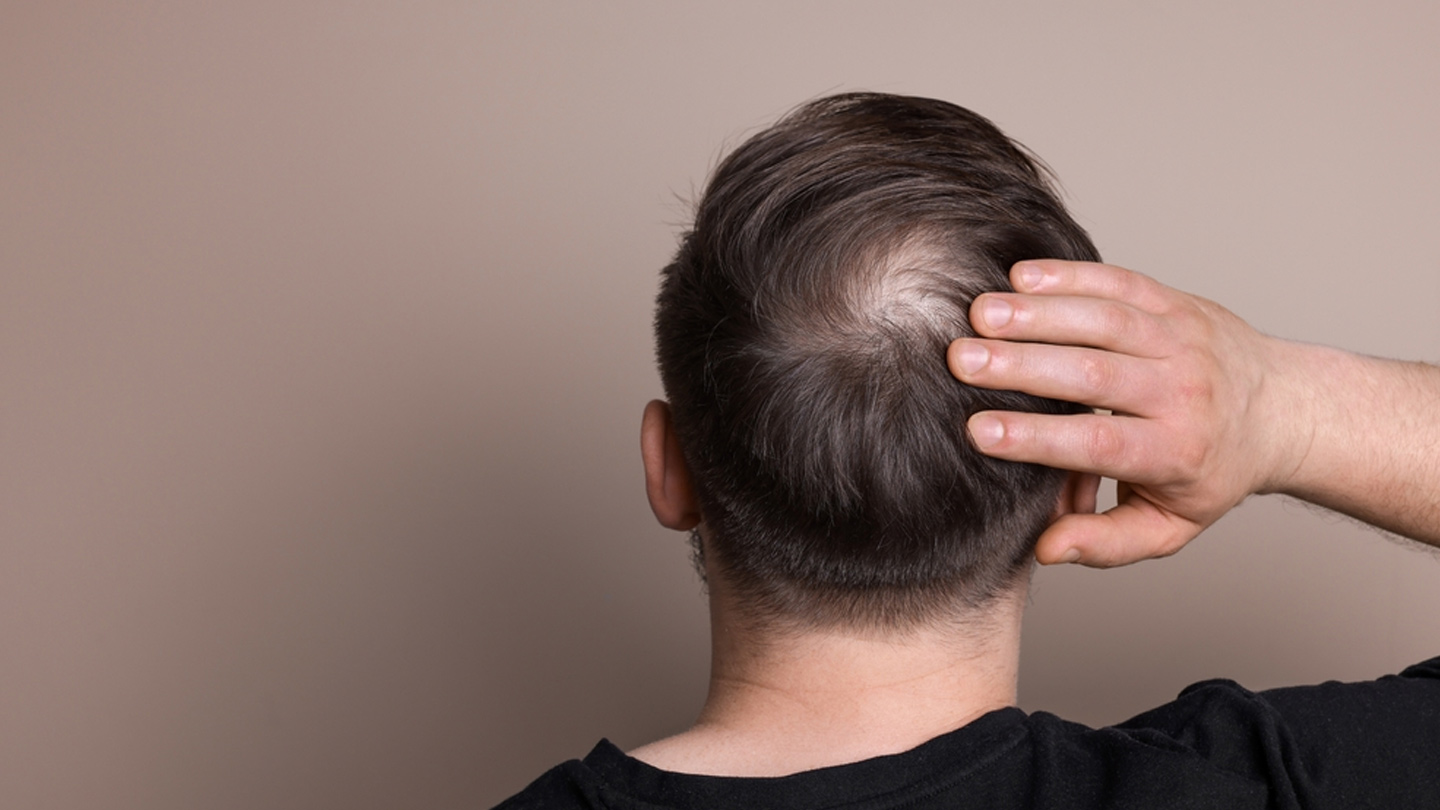Medical
Can Your Pelvic Floor Be Responsible For Your Headaches?
Headaches can have many causes, and it might be surprising to know that one of them may be related to your pelvic floor. We talked to an expert to find out more.

Your pelvic floor forms the foundation of your core and supports your pelvic organs. Correct pelvic floor function is important to facilitate bladder and bowel movement, as well as for your sexual health. But did you know there can be a connection between your pelvic floor and headaches? Studies have been done on how oestrogen changes can cause menstrual migraines, and according to a 2011 study published in Fertility and Sterility, with or without endometriosis, 67 per cent of the 108 women with chronic pelvic pain who were involved showed a lifetime prevalence of definite or possible migraine.
Besides migraine, tight pelvic floor muscles that can hinder proper pelvic floor function may also be responsible for stress headaches or tension-type headaches (TTH). As the name suggests—stress, muscle tension, and bad posture contribute to their occurrence.
One way the pelvic floor may have an impact on headaches is through the vagus nerve. Exercise physiologist and posture and pelvic health expert Raina Gagrat says, "The vagus nerve is the longest cranial nerve in the body and goes through the diaphragm and pelvic floor. Its function is to help regulate internal organ functions such as heart rate, respiration, secretion of saliva, digestion, etc. When there is any mess-up in the working of the vagus nerve, one experiences anxiety and depression, among other things. This may even lead to headaches."
Pelvic floor exercises, thus, may help you with managing headaches. "Movement of the pelvic floor and diaphragm facilitates the optimal functioning of the vagus nerve and hence exercising the pelvis helps rejuvenate the vagus nerve, in turn helping calm the person, stabilise mood and also possibly reduce stress-related headaches", Gagrat continues.
Related Story: 4 Moves For Strengthening Your Pelvic Floor
There can be many types of headaches, and a lot of factors can contribute to them. It is important to identify what kind you're experiencing, as sometimes, they may stem from a more serious health issue. It is prudent to consult your doctor about headaches. Sudden and severe headaches, especially, should not be ignored. Stress headaches are possibly the most common type of headaches, and they manifest as a feeling of a tight band around the head, usually causing mild to moderate pain. Here are some of the causes behind such tension headaches, and what you can do about it.
1. Leaning forward for a prolonged period of time: With so much of our current lifestyle involving online activity, it is hard to take a break from using devices. Leaning forward for a prolonged period of time to look at screens of your phone or laptop results in tightening of the neck muscles, which can lead to headaches.
What to do: "If you use your cellphone a lot, then use a stand to place it on so you don’t keep looking down. Invest in an ergonomically designed work chair", says Gagrat.
2. Doing chores while carrying a baby: "Having a baby and performing multiple chores such as feeding, burping and just carrying the baby around puts a strain on the upper back and neck of the caretaker", Gagrat says.
What to do: Gagrat advises, "Try baby-carrying with a cloth carrier and sit on a Swiss ball and bounce to calm the baby. It also keeps your hands free and helps reduce the strain."
3. Carrying around heavy bags: Sometimes we tend to carry the weight of the world on our shoulders—thanks to our jam-packed bags. Carrying around heavy bags or one-shoulder purses with thin straps tenses the shoulders and can contribute to headaches.
What to do: Gagrat's tip, "Once a week, empty your bags and remove all the unnecessary items. Only carry things you really need for that specific outing."
4. Bad posture: "A bad posture forms incorrect neural pathways, resulting in the muscles becoming tight, weak and inefficient. Continuing your activities in the wrong posture further aggravates the tension in the upper back, shoulders and neck muscles, which, in turn, starts pulling on the cranial nerves, resulting in headaches", Gagrat says.
What to do: Be mindful and try to maintain proper posture as a habit—keep your back straight, shoulders pulled back and chin up, like an invisible string pulling your head and back upwards. Try out these yoga poses for better spinal health.

Related Story: 3 Stretches for People Who Have A Desk Job
EXPLORE MORE
A sprain isn’t “just a sprain.” Here’s what your ankles wish you knew.
Your body whispers before it screams. Here are the early heart disease warning signs most people overlook until it’s too late.
Baldness isn’t just about ageing; it’s a complex condition influenced by biology, habits, and health. Understanding it is the first step toward managing it.
Breast cancer before 40 is rare, but not impossible. Know these warning signs so you can spot them well in time.







.jpg)


